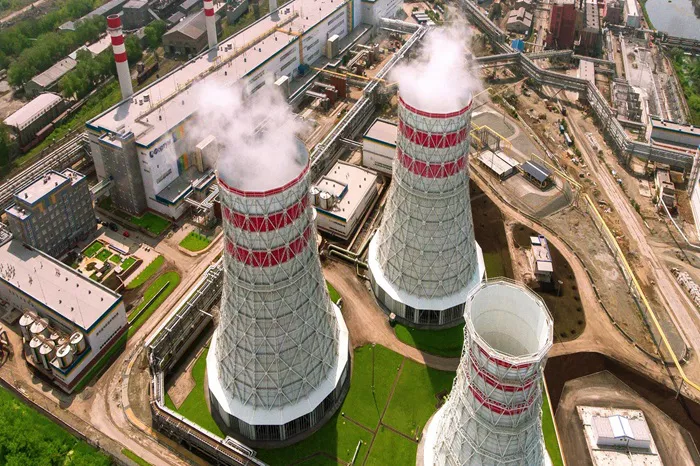Finnish power utility Fortum has marked a significant transition by beginning the use of nuclear fuel supplied by U.S.-based Westinghouse Electric at its Loviisa power plant. This shift comes as Fortum seeks to replace its previous supplier, TVEL, a subsidiary of Russia’s Rosatom, following Russia’s invasion of Ukraine.
Fortum’s Loviisa plant, which accounts for approximately 10% of Finland’s total power production, had relied on Russian-sourced nuclear fuel for years. However, the recent geopolitical developments prompted Fortum to seek alternative fuel sources. The newly implemented Westinghouse fuel includes uranium, fuel assemblies, and enrichment processes all sourced from Western suppliers.
In a statement, Fortum highlighted the significance of this transition, calling it a “milestone” that ensures a reliable Western alternative. The first batch of Westinghouse fuel was introduced during the plant’s annual outage in August. Petra Lundstrom, Fortum’s head of nuclear generation, emphasized, “For the first time in Loviisa’s history, we have fully Western fuel.”
Despite the shift to Western suppliers, Fortum CEO Markus Rauramo stated that the company will honor its existing contracts with TVEL, which are set to remain in effect until 2027 and 2030. This reflects the ongoing challenge within Europe to reduce dependence on Russian energy, even as the continent has made strides in distancing itself from Russian oil and gas.
While Westinghouse is capable of meeting the European Union’s fuel needs, Russia remains dominant in the conversion and enrichment sectors.
In addition to Finland, four other EU countries—Bulgaria, the Czech Republic, Hungary, and Slovakia—are also transitioning to Westinghouse Electric for their nuclear fuel needs.
In a related development, Finland recently introduced the world’s first deep-earth repository for nuclear waste, set to commence operations in 2026. The repository, named Onkalo, is located 400 meters underground in southwest Finland, adjacent to three nuclear reactors on Olkiluoto Island, about 240 kilometers from Helsinki. The facility employs the “KBS-3” method, developed by Sweden’s Nuclear Fuel and Waste Management Company, which uses a multi-barrier approach to ensure the long-term isolation of radioactive waste.
Related topic:

